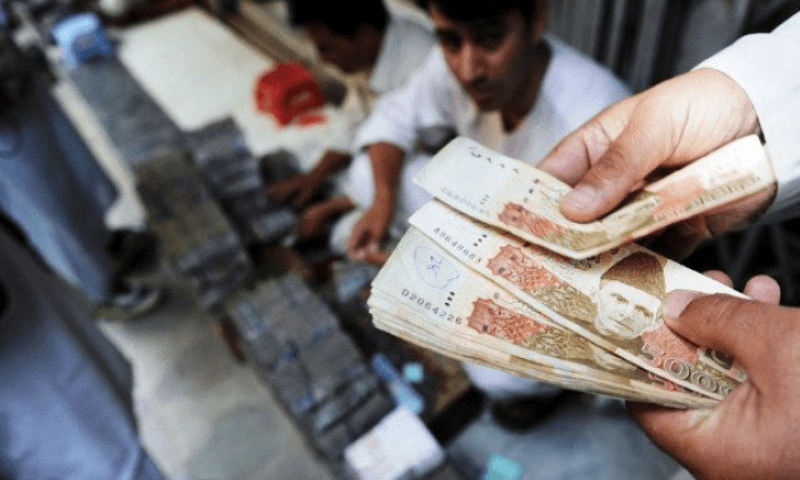During the first five months of FY25, banks disbursed a significant Rs2.2 trillion to the non-government sector, including the private sector and Non-Bank Financial Institutions (NBFIs). This surge in lending was driven by efforts to meet the Advance-to-Deposit Ratio (ADR) target set by the government, which imposes up to 15% incremental tax on banks failing to achieve a 50% ADR by December 31.
In June, the ADR of banks was at 38%, necessitating increased lending. Additionally, the State Bank of Pakistan (SBP) reduced its policy rate by 700 basis points since June, lowering it from 22% to 15%, which further encouraged lending activities.
According to SBP data, credit to the non-government sector reached Rs2.207 trillion from July to November, a sharp contrast to the net retirement of Rs142.8 billion in the same period last year.
Sector Breakdown:
- Non-Bank Financial Institutions (NBFIs):
- Received Rs1.142 trillion in credit.
- This is a stark rise compared to the net retirement of Rs55.4 billion in the previous year.
- The total stock of credits to NBFIs stood at Rs441.6 billion by June 2024.
- Private Sector:
- Received Rs997 billion during the period.
- Conventional banks contributed Rs698 billion, a significant improvement from the net retirement of Rs48.6 billion last year.
- Islamic banks extended Rs324.9 billion in credit, compared to a net retirement of Rs28.3 billion previously.
- Conversely, Islamic windows of conventional banks recorded a net retirement of Rs25.7 billion.
Impact on ADR and Taxation:
The increased lending has raised banks’ ADR to 47%, bringing them closer to the 50% target. Banks achieving an ADR of 40-50% can benefit from a reduced tax rate of up to 6%. Those with ADRs below 40% will continue to face higher tax rates, underscoring the importance of these large-scale lending efforts.

